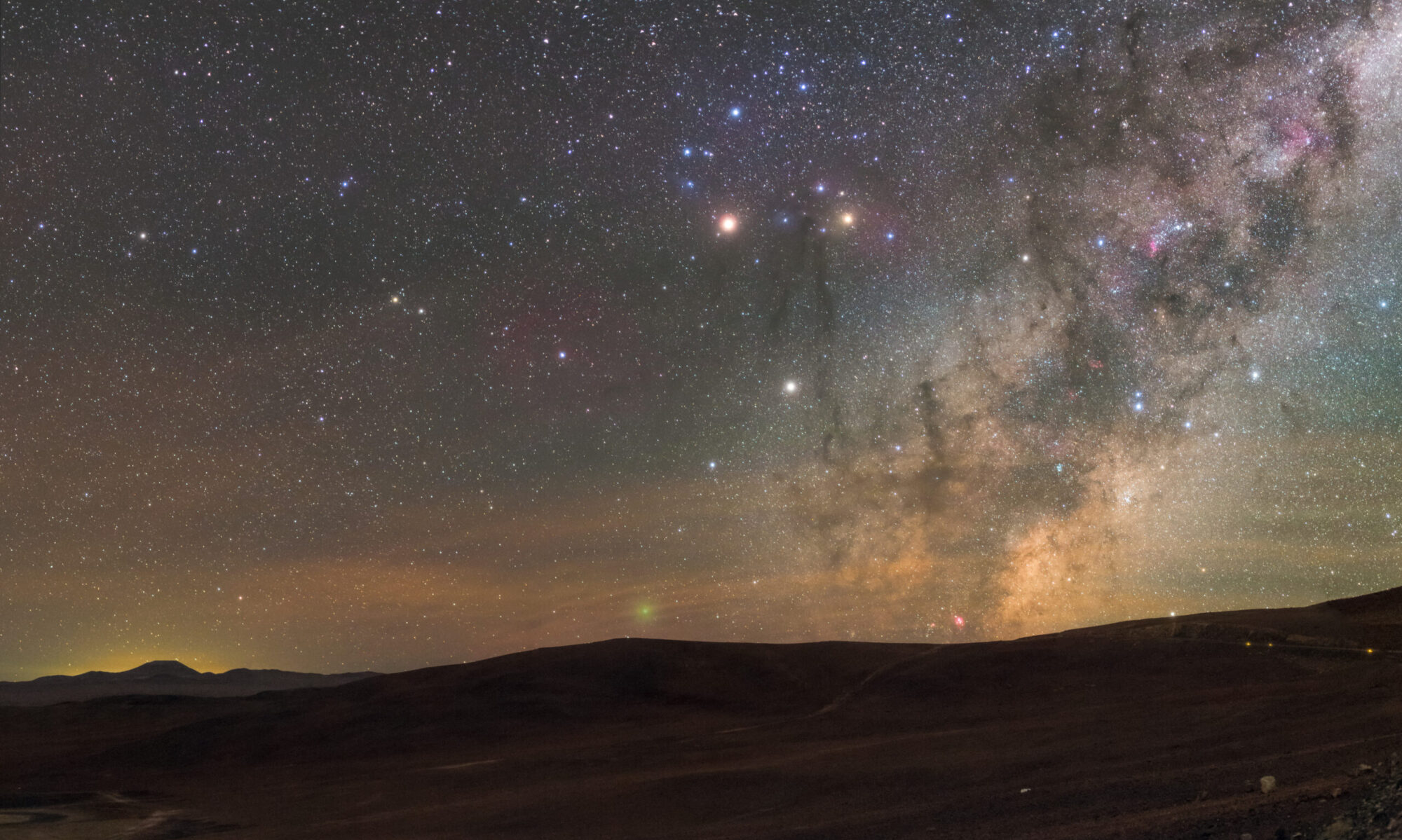The Quasar Feedback Survey is a systematic multi-wavelength study of low-redshift (z<0.2) Type 1 and Type 2 quasars (log[Lbol/erg/s]>~45). The team includes observers and simulators who each bring their own expertise to the comprehensive project. We are open to collaborative projects so please get in touch. On this website we provide: a summary of publications and results; access to data products and information about individual targets.
The survey is designed to:
- Establish the dominant origin or radio emission in quasars (e.g., radio jets, star-formation or quasars winds).
- Determine the dominant driving mechanism of galactic outflows in quasar-host galaxies.
- Provide reliable measurements of the mass and energy carried by the outflows in the multi-phase gas.
- Understand the impact that quasars have on the star-formation and gas content inside their host galaxies.
The targets are selected to have bolometric luminosities which cover the peak of the AGN luminosity function for z~1-2 AGN, but their proximity allows for higher precision measurements. By combining spatially-resolved observations across the electromagnetic spectrum (i.e., radio, sub-mm, optical, near-infrared and X-rays) we will build up a complete multi-phase analyses of the host galaxies of these quasars. By comparing to the latest cutting-edge simulations we intend to provide the most comprehensive understanding to-date on how quasars interact with their host galaxies.
QFeedS-1: After a series of pilot studies we created an initial sample of ~42 quasars, for which we already have radio imaging from VLA and e-MERLIN. The radio data is introduced in Jarvis et al (2019), Jarvis et al. (2021) and Njeri at al. (2025). For subsets of the targets we have already analysed the multi-phase gas kinematics. Find out more in the Data and Results section.
QFeedS-2: We expanded our survey to include 29 additional targets, pushing to lower radio luminosities. The initial work on this expanded sample is with VLA data as presented in Njeri et al. (2026).
Header image credit: ESO/P. Horálek
